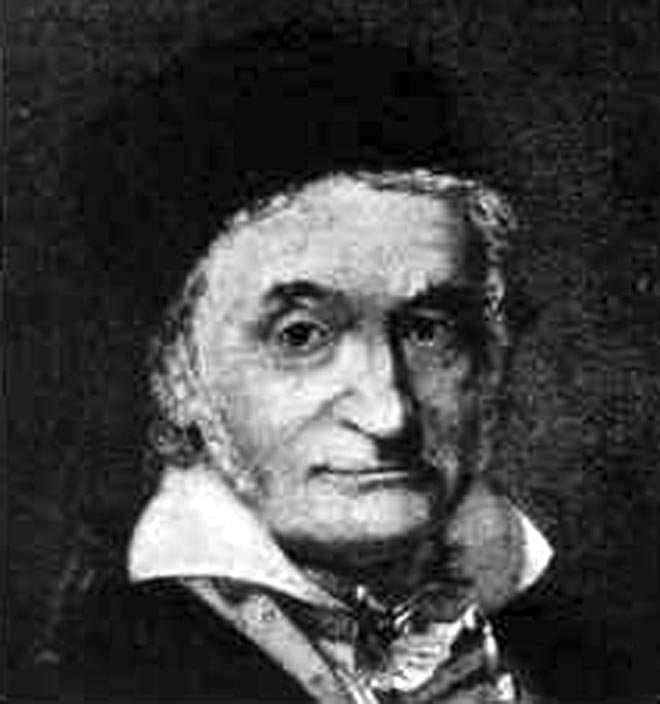Johann Friedrich Carl Gauss, more commonly known as Carl Friedrich Gauss, was a German mathematician, widely known as one of the greatest mathematicians in history. He made crucial contributions to geometry, statistics, number theory, planetary astronomy, the theory of functions, potential theory, optics and geophysics.

Born on April 30, 1777 in Brunswick, Germany; to a very poor family, the father of Carl Friedrich Gauss was a gardener and brick layer. His mother was, however, very keen to educate her son. Gauss was a child prodigy in mathematics. The Duke of Brunswick was very impressed with his computing skills when he was only 14, so his stay at the Brunswick Collegium Carolinum, Hanover, was generously financed.
Gauss attended the University of Göttingen from 1795 to 1798. He earned his doctorate in 1799 at the University of Helmstedt.
Gauss was made the director of the Göttingen Observatory in 1807, as well as a professor of mathematics at the same place. During his tenure, he spent much of his time establishing a new observatory. He also worked with Wilhelm Weber for almost six years making a primitive telegraph device which could send messages over a distance of 1500 meters. A statue of Gauss and Weber was later built in Göttingen.
Carl Friedrich Gauss was a prolific author who wrote more than 300 papers, mostly in Latin. He also knew Russian and other foreign languages. He was appointed a foreign member of the Royal Society of London in 1801, mainly due to his calculations of the orbits of the asteroids Ceres and Pallas. He also won the Copley Medal in 1838.
Carl Friedrich Gauss was appointed a Geheimrat and a privy councillor, and he was also featured on the 10 Deutsche Mark note. He died on February 23, 1855 in Göttingen, Germany. He was 77 years old.

